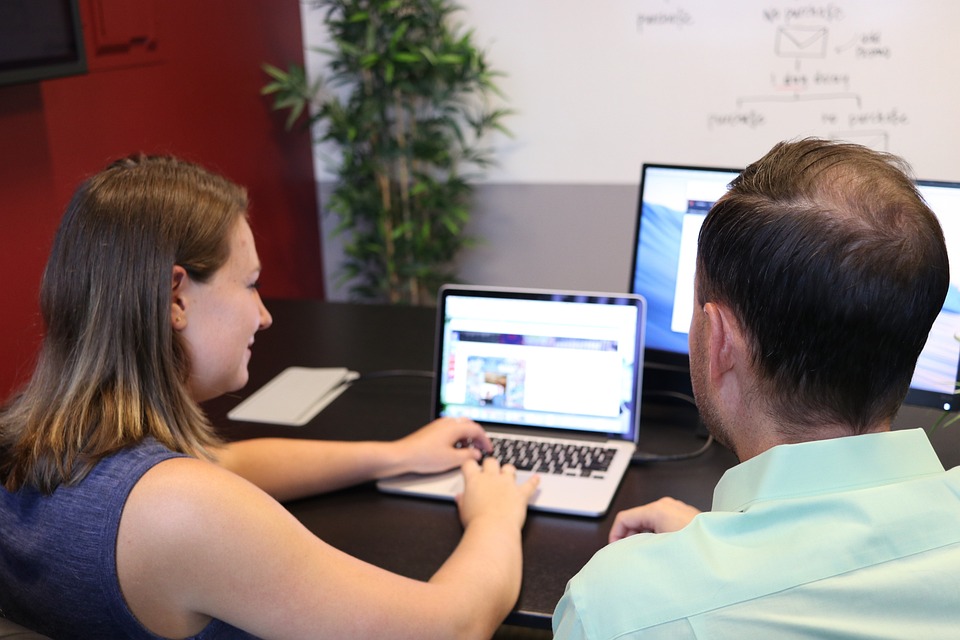The Ultimate Guide to PHP Website Development: Everything You Need to Know
In the world of web development, PHP holds a prominent position as one of the most popular programming languages. With its versatility and simplicity, PHP has become a go-to choice for many developers when it comes to creating dynamic and interactive websites. Whether you are a beginner or an experienced developer, this ultimate guide will provide you with all the information you need to know about PHP website development.
What is PHP?
PHP, which stands for Hypertext Preprocessor, is a server-side scripting language primarily used for web development. It was created by Rasmus Lerdorf in 1994 and has evolved over the years to become a powerful tool for building dynamic websites. PHP is an open-source language, meaning it is freely available for anyone to use and modify.
Why Choose PHP for Website Development?
There are several reasons why PHP is a popular choice among developers for website development:
1. Easy to Learn: PHP has a simple and intuitive syntax that is easy to understand, especially for beginners. It also has extensive documentation and a large community of developers who are always ready to help.
2. Versatility: PHP can be used to develop a wide range of websites, from simple static pages to complex e-commerce platforms. It can also be integrated with HTML, CSS, and JavaScript, making it a flexible and versatile language.
3. Efficiency: PHP is known for its high performance and low resource consumption. It is designed to handle large amounts of traffic and can be easily scaled to accommodate growing websites.
4. Database Support: PHP has built-in support for various databases, including MySQL, Oracle, and PostgreSQL. This makes it easy to connect your website to a database and perform tasks such as retrieving and storing data.
Getting Started with PHP Website Development
To start developing websites with PHP, you will need a few tools:
1. Web Server: You will need a web server to run your PHP scripts. Popular choices include Apache, NGINX, and Microsoft IIS.
2. PHP Interpreter: You will also need a PHP interpreter to execute your PHP code. You can download the latest version of PHP from the official website (php.net) and install it on your server.
3. Code Editor: Choose a code editor that suits your preferences. Some popular options include Sublime Text, Visual Studio Code, and Atom.
Once you have set up your development environment, you can begin writing PHP code. PHP code is typically embedded within HTML, using opening and closing tags:
“`php
// Your PHP code here
?>
“`
PHP Variables and Data Types
Variables are used to store and manipulate data in PHP. To declare a variable, use the dollar sign ($) followed by the variable name:
“`php
$name = “John”;
$age = 25;
“`
PHP supports several data types, including strings, integers, floats, booleans, arrays, and objects. You can perform operations and manipulate data based on these data types.
Control Structures and Loops
Control structures and loops are essential for controlling the flow of your PHP code. PHP provides various control structures, such as if/else statements, switch statements, and loops (for, while, and do-while loops). These structures allow you to make decisions and repeat actions based on specific conditions.
Functions and Classes
Functions are reusable blocks of code that perform a specific task. They help organize your code and make it more modular. You can create your own functions or use built-in functions provided by PHP.
Classes and objects are fundamental concepts in object-oriented programming (OOP). PHP supports OOP, allowing you to create classes and objects to represent real-world entities. This approach promotes code reusability, maintainability, and scalability.
Working with Databases
PHP provides several functions and extensions for working with databases. The most commonly used database in PHP development is MySQL. You can establish a connection to a MySQL database, perform queries, and retrieve or update data using PHP’s database functions.
Security Considerations
When developing websites with PHP, it is crucial to consider security. Here are a few best practices to follow:
1. Input Validation: Always validate user input to prevent potential security vulnerabilities such as SQL injection and cross-site scripting (XSS).
2. Secure Database Queries: Use prepared statements or parameterized queries to prevent SQL injection attacks.
3. Password Hashing: Store user passwords securely by using hashing algorithms such as bcrypt or Argon2.
4. Regular Updates: Keep your PHP version and other dependencies up to date to benefit from security patches and bug fixes.
Frameworks and CMS
PHP frameworks and Content Management Systems (CMS) can greatly simplify and accelerate website development. Some popular PHP frameworks include Laravel, Symfony, and CodeIgniter. These frameworks provide a structured approach to development, offering features like routing, database ORM, and authentication.
CMS like WordPress, Drupal, and Joomla are built on PHP and provide pre-built templates and plugins, making it easier to create and manage websites.
Conclusion
PHP website development offers a wide range of possibilities, from creating simple personal websites to building complex web applications. With its ease of use, versatility, and extensive community support, PHP continues to be a preferred choice for many developers. By following this ultimate guide, you now have a solid foundation to start your PHP website development journey. So, get coding and unleash your creativity!




